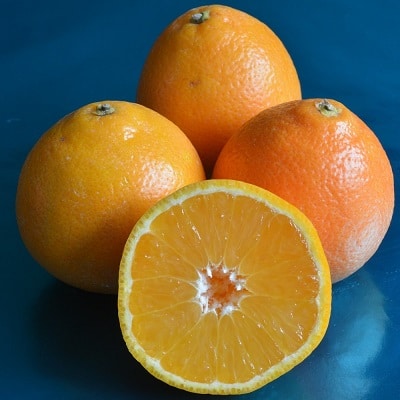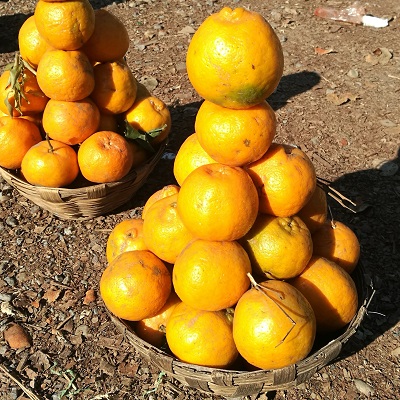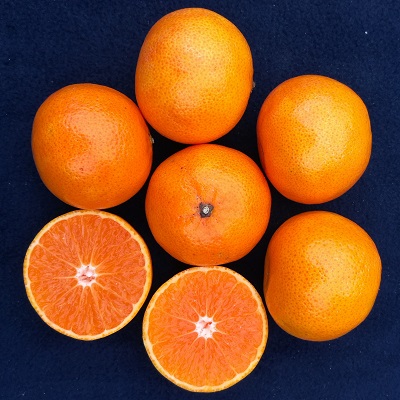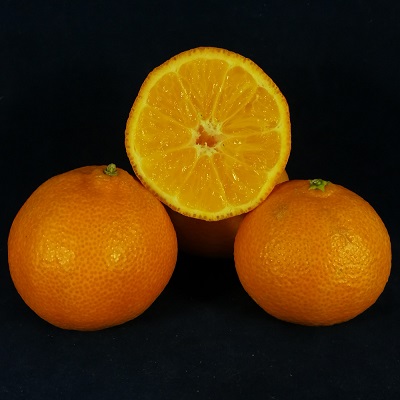The Minneola is an extraordinarily juicy citrus fruit with a distinct and attractive taste. It can be prone to acidity, depending on the growing regions, but is of excellent quality for those who like a touch of tartness to balance the flavour. It is usually seedless, is very easy to peel, and feels quite soft of touch when mature. The shape is round with a distinctive neck, and the peel is finely pebbled, almost smooth with an attractive deep orange-red colouration.
As they are fairly cold-hardy, Minneola trees can adapt well to a wide range of climates and can cope with the hot conditions of the sub-tropics as well as the cooler Mediterranean climates. It is a mid-season fruit.
Minneola from Peru seem to be less acidic than most, but the harvest timing is also important as the fruit can be visually mature before the internal quality had properly developed.
For consumers, Minneola offers a fine flavour with a good acidic tang and copious amounts of juice in the soft flesh.
Good Fruit Guide Rating: ****
Names: Minneola Tangelo; Minneola; Honeybell
Origin: The Minneola is a tangelo rather than an orange or mandarin, so does not strictly belong in either category. It is the result of a cross between a grapefruit (Duncan) and a mandarin (Dancy tangerine), hence its description as a tangelo. It was originally produced by Swingle, Robinson and Savage at the UDSA, Orlando, Florida, 1931.
Grown in:. Florida, South Africa, Peru, Turkey, Israel
Harvest & Availability:
- January: Israel, Turkey
- February: Israel, Turkey
- March:
- April:
- May:
- June:
- July:
- August: Peru
- September: Peru
- October:
- November:
- December: Israel, Turkey
Websites:
University of California, Riverside – Minneola





